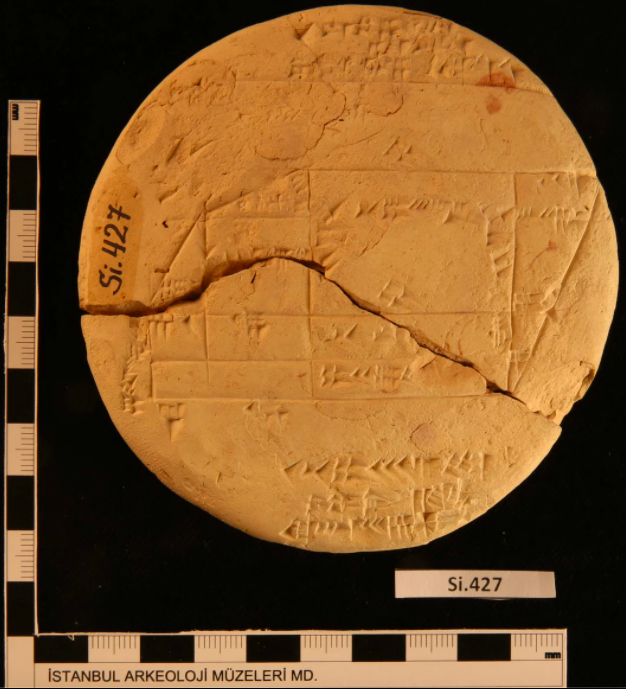An Australian mathematician has discovered that Babylonians may have discovered Trigonometry 1,500 years before the Greeks invented it–
The following written content by Shanti Escalante- De Mattei

An Australian mathematician has discovered that Babylonians may have used applied geometry roughly 1,500 years before the Greeks supposedly invented its foundations, according to a new study published in the Foundations of Science journal this month.
In 2018, Daniel F. Mansfield, a researcher at the University of New South Wales in Sydney, Australia, interpreted the mysterious numbers that were inscribed onto an ancient fragmented clay tablet called Plimpton 322. The tablet, which was made in ancient Mesopotamia (now Iraq) between 1822–1762 B.C.E., has long been an object of fascination. In 1945, researchers had concluded that the tablet held some trigonometry, but was vastly different from the established study of trigonometry taught in schools today.

Greek trigonometry is based on a right-angled triangle whose exact shape is ascertained by solving for its two other angles in a field of 360 degrees, i.e. in a circle. This kind of applied geometry, which brings circles and right angles together, was very complicated and required approximations, but necessary for making astrological calculations. Mansfield realized that the Babylonian kind of applied geometry was a simpler study of rectangles.
If angles in trigonometry can be seen as two hands of a clock creating different angles as they divide a circle, the chart of numbers on Plimpton 322 describes angles that are created when lines bisect a square. Calculating angles in this manner allows for exact ratios, instead of the irrational numbers and approximations of Greek geometry. Mansfield had a hunch that these mathematics may have been developed alongside the rise of private property and the need to mark boundaries and borders. He searched for evidence to prove his hypothesis and he eventually found it. Read more from Art News.





